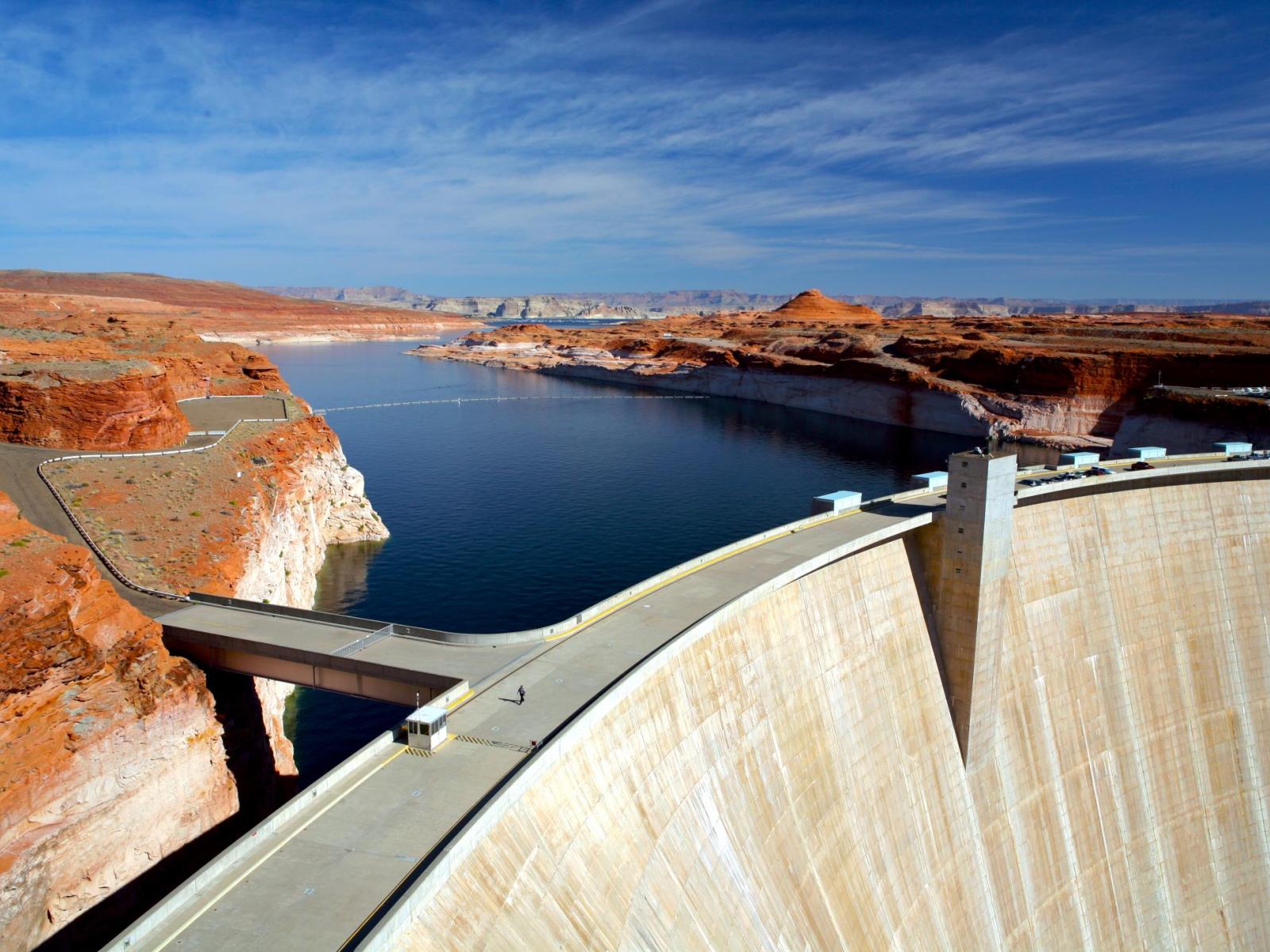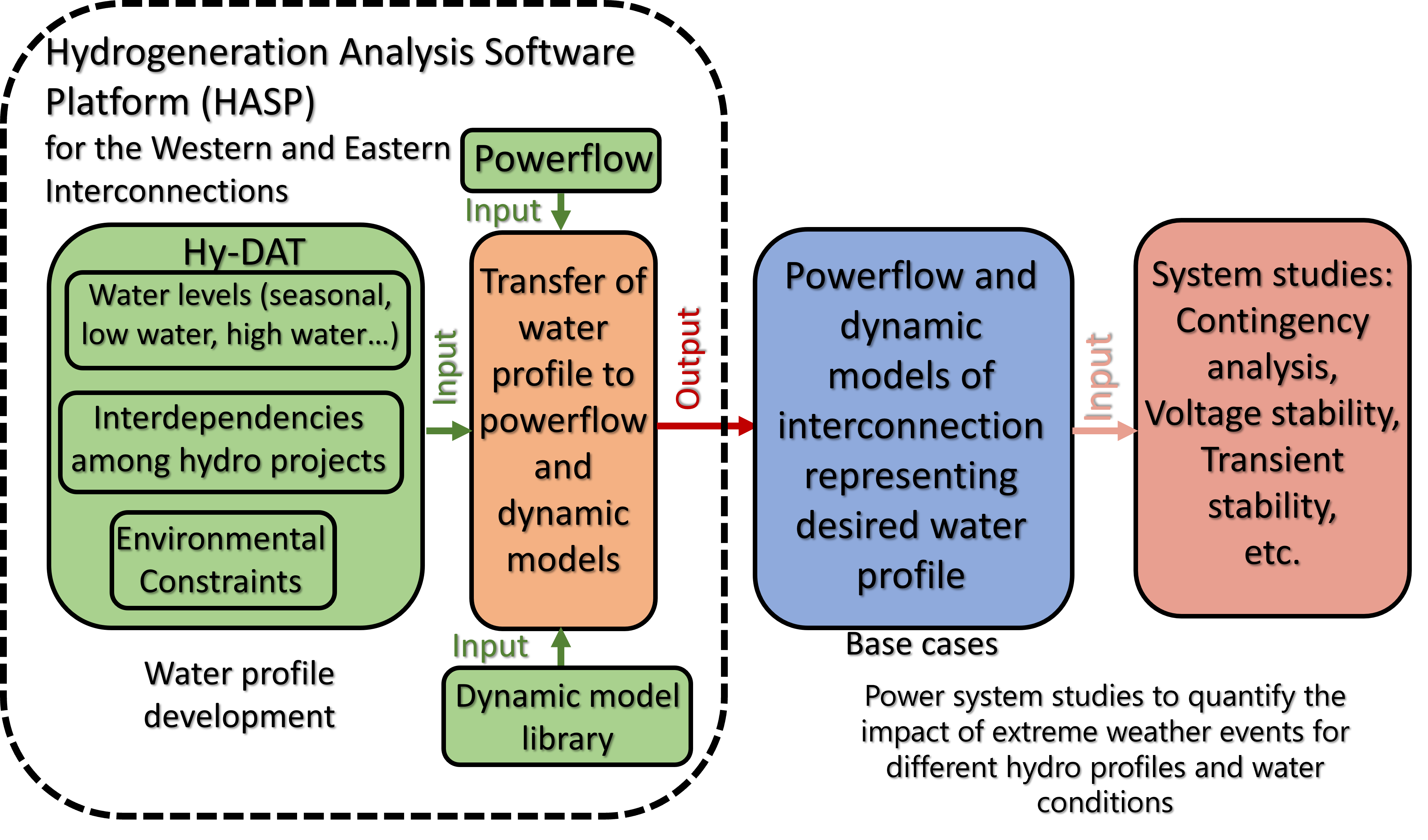Improving Hydropower Models to Support a Resilient Grid
Improving Hydropower Models to Support a Resilient Grid
Bridging Hydropower Data Gaps for Unrivaled Forecasting Precision

Pictured here is the Glen Canyon Dam, which provides power to multiple states in the western United States. It has been significantly impacted by drought conditions in the region. Dynamic models, such as the ones being developed in this project, will support better hydropower modeling that takes into account extremes in water conditions to support better planning for the future.
(Photo by Dauf | Shutterstock.com)
Lab-Level Communications Priority Topics
Grid
